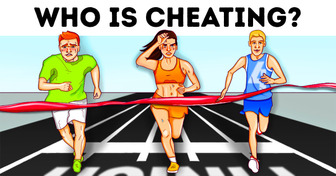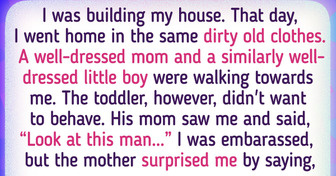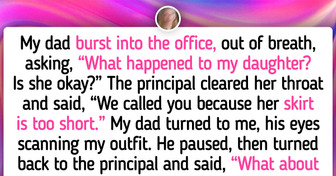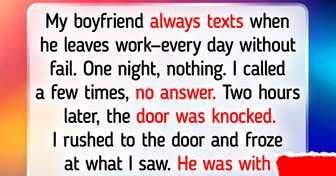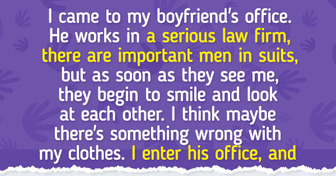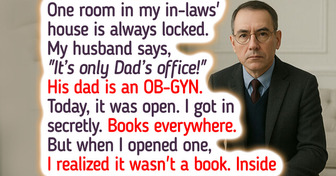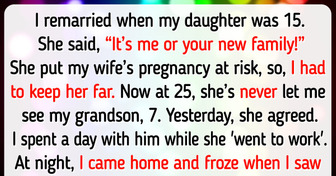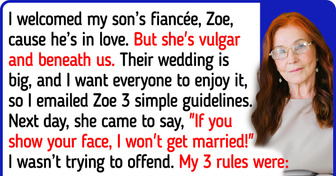10+ People Who Felt Worse Than Being Hit by a Truck

Why does the food in ads look so much better than in its real-life form? I got curious, and here’s what I found. Beware. You may never watch TV commercials the same way again.
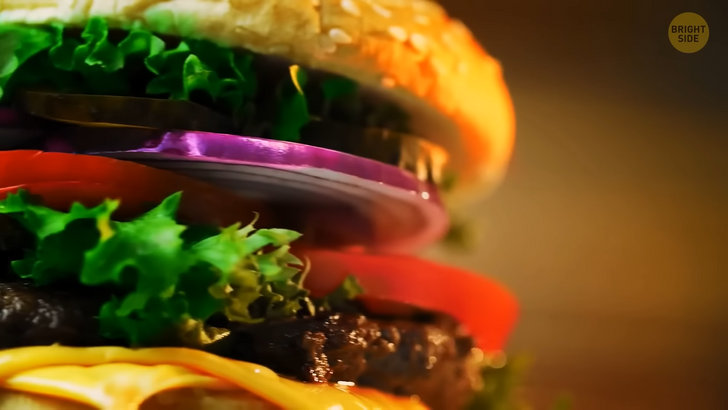
One of the most controversial ads/reality comparisons has been made upon the burgers of Mc’D. Don’t get me wrong, pretty much everyone enjoys golden fries and fast-served products, but... Yeah, they don’t look the way they’re in the commercials. I know no one can get that Krabby Patty deliciousness of Sponge Bob in real life, but burgers on commercials surely look perfect. So what do they do?
Well, there are people whose job is to design, prepare and style the food for ads. They are known as food stylists. Do you know those sesame seeds that looked like they were randomly sprinkled? They are actually at their exact right place because food stylists glued the seeds to the burger bun. The bun itself is also critical. The stylists would pick the best bun out of dozens of burger bread.
It’s not just that. Are you familiar with ads that all burger ingredients fall on top of each other in slow-mo? To achieve this “free fall,” photographers literally deconstructed burgers. Then they put each ingredient into a rig. All those ingredients fall when they cut the ropes, bread, burger, pickle, and tomato.
Then the photographer does their magic by masking the rope and other unnecessary parts of the rigging system. The idea behind it s to make sure the audience can see all products. In the final result, food stylists use syringes filled with ketchup and mustard to complete the look. Then they melt the edges of the cheese to make you feel like the burger is hot and ready to eat.
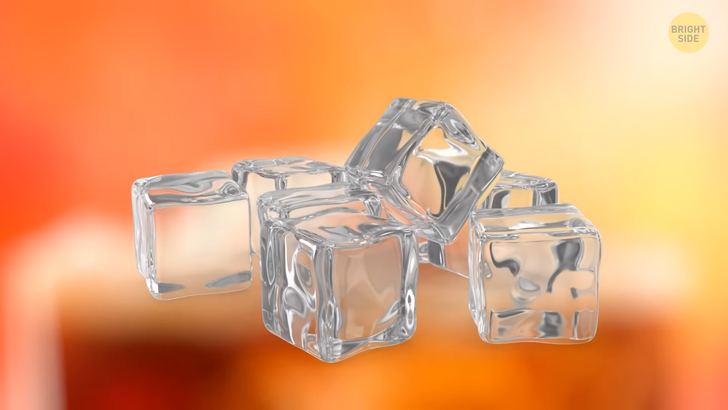
What about the drinks? Food stylists use transparent plastic cubes instead of real ice cubes in beverage ads. Obviously, the main idea is to keep the drink the same way under hot studio lights. Plastic ice cubes don’t melt, but they also look great on camera.
This one is my favorite because I wouldn’t think of it for millions of years. Food stylists microwave water-soaked cotton balls. Then they stack them behind the dish or cup. The steam can be added after the shoot via a photo editing tool, but sometimes they need steam in real-time against the dark background. Uh, who wouldn’t want their cup of coffee with a smoking hot cotton ball?
What if I tell you that food photographers use mashed potatoes instead of ice cream? Same as ice cubes, ice cream cannot last for hours of photo shoots. They add color coloring to mashed potatoes to get the “flavor.” They get the perfectly scooped ice cream.
By the way, did you know that scientists in Japan invented an Ice-cream that doesn’t melt? These scientists discovered a compound in strawberries. Ice cream melts later than it was supposed to because that special ingredient makes it difficult for water and oil to separate.
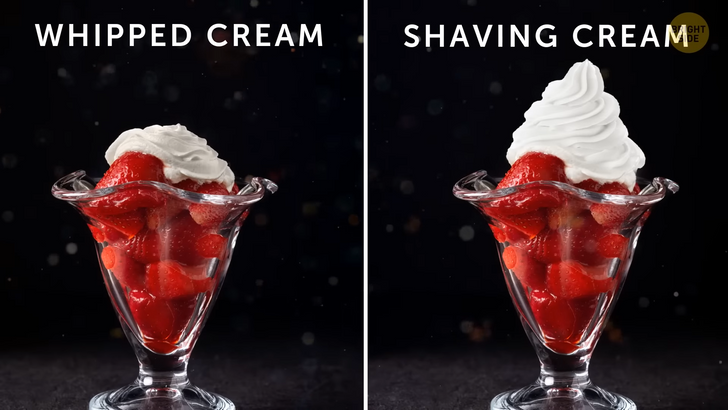
Moving on to another type of cream. It may come as a surprise, but photographers use shaving cream as whipped cream. Real whipped cream puffs off like a balloon after some time. Plus, it doesn’t look as good as shaving cream because it loses its form. Instead of having a soggy mess, they get shiny, fluffy cream.
Melted chocolate looks so fluid in the ads. Here food stylists often use a chemical mix. The fake chocolate is a gel. Fun fact that’s the same thing people use to make slime. They add brown food coloring to the gel and put some cocoa powder.
Now let’s move on to pancakes. Oh, don’t worry, they are really cooked, but here, the syrup is replaced with engine oil. Since pancakes are like sponges, they’ll soak up the syrup. This was a problem for food photographers. Motor oil has a similar color, and it’s way more consistent. Plus, maple or agave syrup is expensive.
There’s a bonus: Photographers sometimes put a thin layer of cardboard between pancakes to support the stack. The pancake tower looks taller and fluffier. I’ll get to the cardboard stuff in detail when I mention cakes later. Stay tuned.
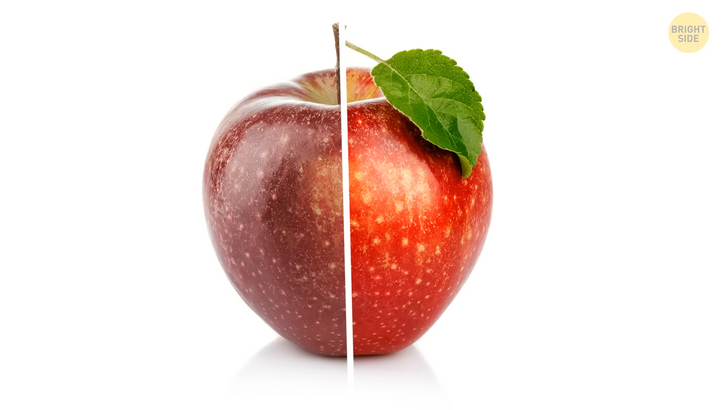
Shiny and appealing fruits are seen this way because, in the editing process, photographers increase saturation. There’s another secret, though. They use hairspray to artificially add a bit of shine to the fruits.
Speaking of fruits, there’s one extra trick for strawberries. They use lipstick on strawberries to make them look redder. The right shade of red lipstick is almost a must.
Picture a cereal ad. Do you recall how milk flows into the bowl? Well, that might not be milk. Photographers sometimes use glue instead of milk. It doesn’t make the cereal soggy. The glue keeps cereal flakes at the surface while keeping their original form.
I already mentioned how they photographed the burger, but what about its patty? Turns out that food stylists sometimes use shoe polish to make it appear darker. It can look dry and taut. To prevent this, they color the meat with shoe polish. As a final touch, they grease it up with sunflower oil.

Imagine you are a food photographer, and your clients want you to make an ad for their new taco place. How are you going to make the tacos stay open to show their delicious ingredients? You can place little sponge pieces on the bottom and cover them with fillings on top. There you go! You have a taco that’ll stay consistent and appealing.
When I shared the cardboard trick on pancakes, I said I’ll come to that later. Here is the time. Cardboard is used inside the cakes to make them sit correctly for hours-long shooting. Now, multi-layered cakes look tall and mouth-watering with a little help. A small part of cardboard puts between the cake layers. Then they are covered in frosting.
These clever tricks are used to make food look delicious in photos and ads. On the bottom line, the client wants you to buy their product. Visual tricks themselves aren’t enough, though. The typography, illustration, perception, human psychology, and physiology are all “part of the package.”
For instance, the colors are carefully selected. Colors that evoke different feelings in potential customers. They influence human psychology. Like, yellow is a color of happiness and optimism, so it’s a good choice for an ad!
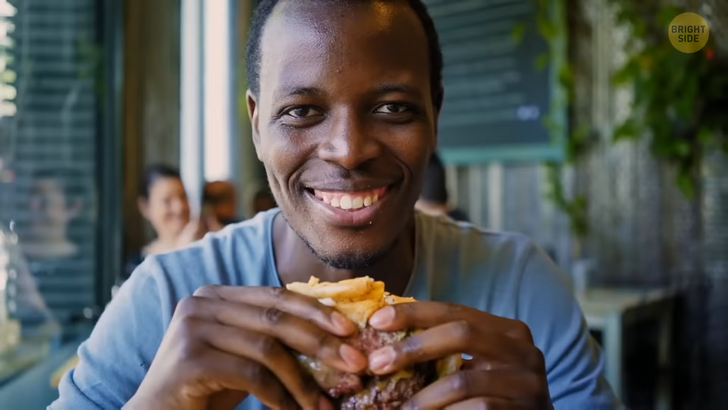
Body language is a very important way of communication. You subconsciously “read the people” you see in the ads. There’re some tricks for posing. Postures and gestures are non-verbal signals.
The direct gaze induction technique can be an example. When the model directly looks at the lens, they look at you and, umm, right into your soul. This strategy gains its power from psychology and social communications.
Trustworthiness is related to human psychology, and I must admit this one is pretty innocent. Every person you see in an ad is picked based on various criteria. As humans, we unconsciously try to decide how we feel about something or someone. We get that feeling from small clues.
Some people just appear more trustworthy compared to others. The gap between the two extremes of the cheekbones and the distance from the upper lip to the eyebrows, for instance, are clues. People with higher faces are perceived as more trustworthy.
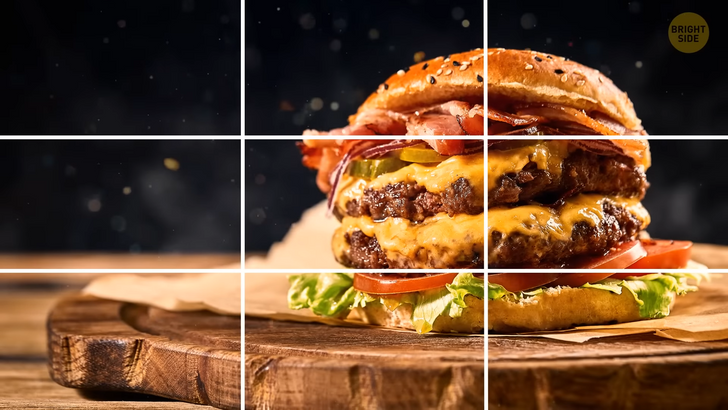
The next technique is the rule of thirds. Composition is crucial for the perception of the eye. The rule of thirds is a basic one that’s been used since the late 1700s. This rule suggests hypothetically dividing the image into 3 equal parts, both horizontally and vertically.
This gives the viewer to receive some sort of a grid. In composition, you can put the important thing at the intersections of the lines of this grid. Some people applied this rule to human faces too.
The most attractive faces should have a forehead height that’s one-third of the total height of the face and almost equal in height to the mid and lower face. This view became old-fashioned, though. Many people believe attractiveness is not related to how a face fits into these proportions. Do you know any other tricks I didn’t mention?

